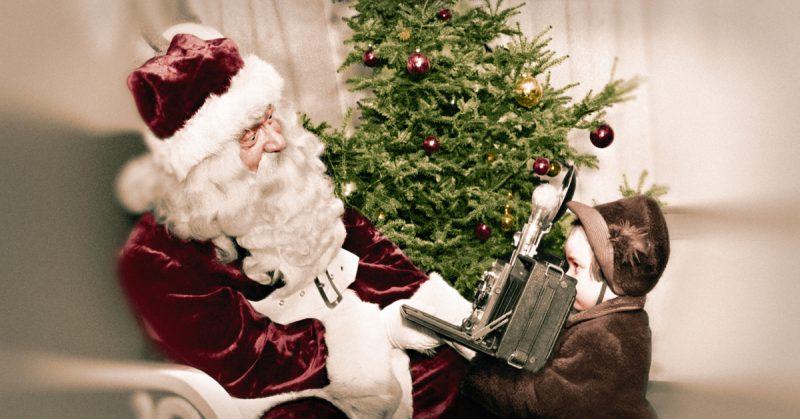The North American Aerospace Defense Command (NORAD) once protected the skies of North America. Its headquarters were at the Peterson Air Force Base near Colorado Springs.
From 1955 onwards, every December 24th, it took on an additional role: tracking Santa and providing his location to children around the world.
This charming tradition itself actually predates the formation of the organization itself – and has even outlasted it, since NORAD no longer exists.
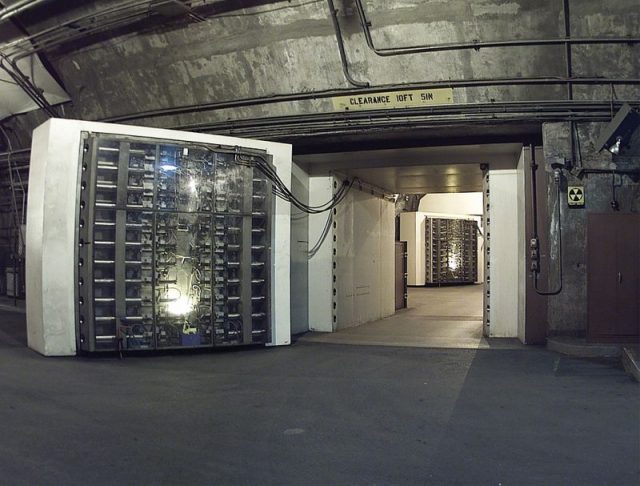
The story linking Santa with national air defense began in 1948 when the US Air Force (USAF) showed it had a lighter side.
On December 24, 1948, USAF issued a “report” to the Associated Press which stated that “early warning radar” had picked up “one unidentified sleigh, powered by eight reindeer, at 14,000 feet heading 180 degrees.”
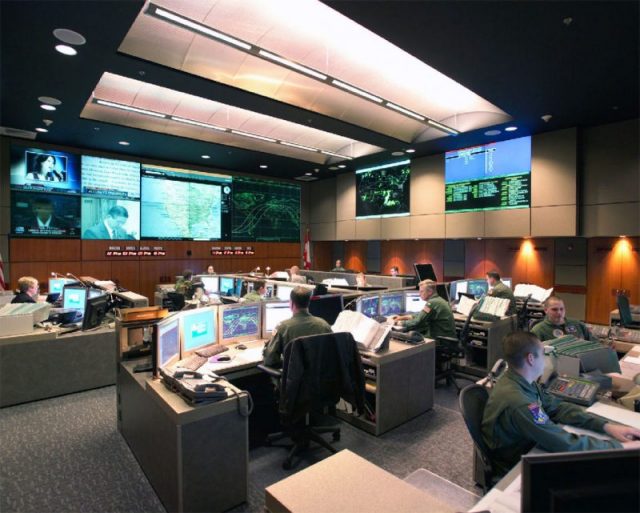
Not much happened after that until 1955. At that time, the skies were guarded by NORAD’s predecessor, the Continental Air Defense Command (CONAD) which had been formed in 1954.
Several stories exist to explain what happened during Christmas 1955.
The most popular version is that an advert was placed by a Sears department store in a Colorado Springs newspaper, providing young children with a number to call if they wanted to speak to Santa.
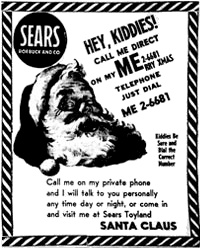
It’s unknown to whom children would have spoken when they called because the number given was incorrect by one number and the children ended up calling CONAD.
Colonel Harry Shoup was the officer in charge that night and, apparently filled with Christmas spirit, he ordered those on duty to answer the phones and provide all children with a detailed update on where exactly Santa was in the world.
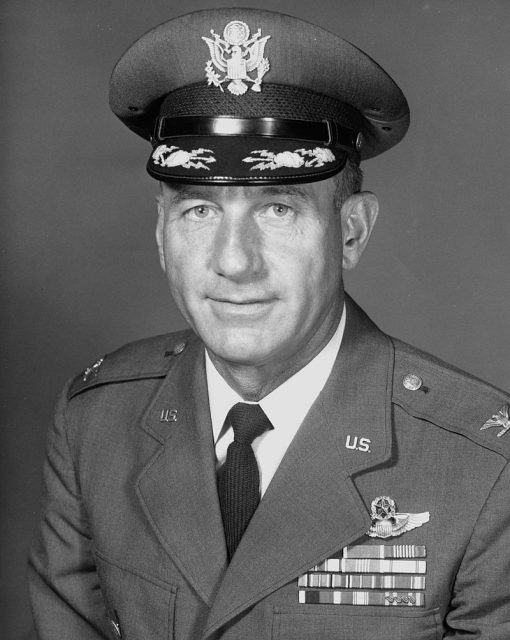
Another version states that Shoup got a call on the “Red Telephone” which connected CONAD with Strategic Air Command. However, when Shoup picked up the phone, a small voice asked, “Is this Santa Claus?”
The child had misdialed the Sears number, and the kind-hearted Shoup played along, pretending to be Santa.
The truth seems to be a mixture of all of the above.
It was Shoup who answered the phone, but the call took place on November 30, 1955, not in December. And it wasn’t the Red Phone, but an ordinary phone.
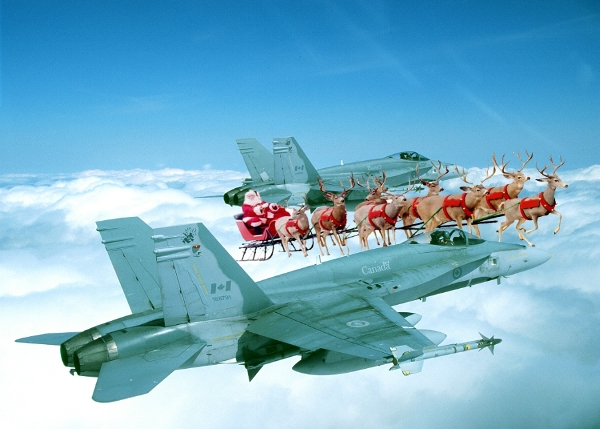
The child had been trying to call the Sears’s number but had accidentally reversed two digits. And rather than playing along, Shoup had given the curmudgeonly reply of: “There may be a guy named Santa Claus at the North Pole, but he’s not the one I worry about coming from that direction.”
However, he later noticed that one of his staff members had placed a picture of Santa on a board that was used to track unidentified aircraft.
Motivated more by PR genius than Christmas spirit, Shoup then asked Colonel Barney Oldfield (who was in charge of public relations) to issue a press statement which said:“CONAD, Army, Navy and Marine Air Forces will continue to track and guard Santa and his sleigh on his trip to and from the US against possible attack from those who do not believe in Christmas.”
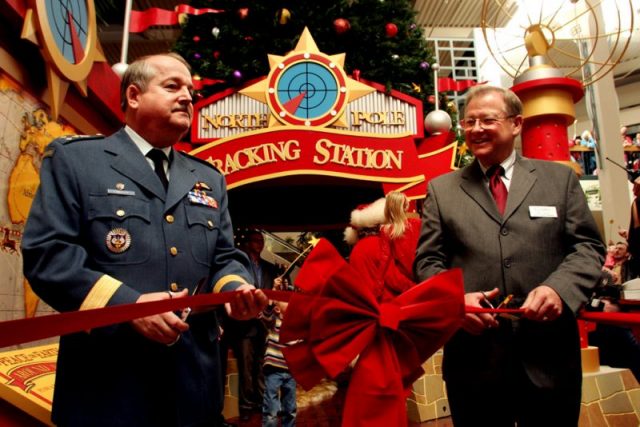
Shoup only intended it to be a one-off thing, but the next year Oldfield said that the press were waiting to hear if CONAD would be tracking and protecting Santa again that year. Sensing the PR advantages to this, Shoup replied that they were.
The tradition has been carried on through the generations. Now, over a thousand volunteers from the military and their families staff the phone lines to give updates on Santa Claus.
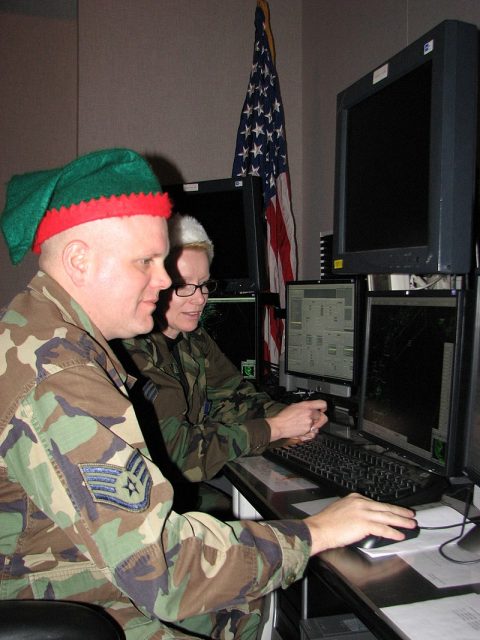
Joyce Frankovis, the public affairs specialist who runs the program, spoke to CNN back in 2009 to say that a volunteer can handle almost 40 calls an hour. The volunteers have access to 100 phones and 25 computers.
In 2007, Google also got in on the act and helped to incorporate Santa data into special maps. Now, both NORAD volunteers and families sitting at home can glance at a specially created map to see where Santa is at that exact moment.
Just like the volunteers at NORAD, those working at Google give up their time free of charge.
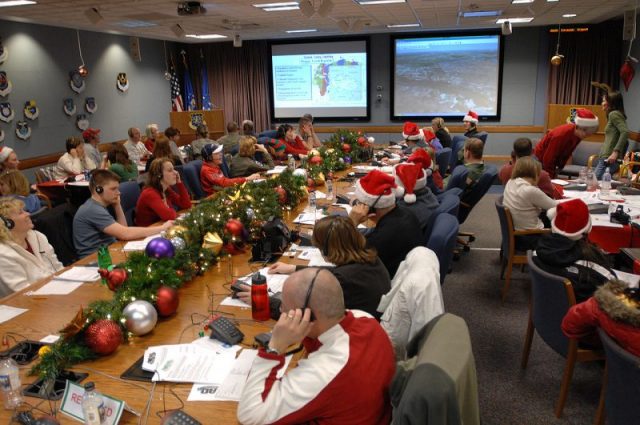
NORAD might not officially exist anymore (having been replaced by the North American Aerospace Defence Command), but the name lives on in this Christmas tradition.
There is even a website that has been set up to deal with all things NORAD and Santa related. It offers games, a selection of stories and facts about Santa, a list of corporate sponsors, and, most importantly, allows children to see Santa being tracked in real time on Christmas Eve.
The website has reprinted a selection of questions which children have asked when they called up.
These range from the affable “What’s Santa’s favorite cookie?” to more concerned questions like “What do I do if I’m not good at sleeping?” as well as the crucial question of “Can you tell me whether my brother is on the naughty list?”
However, this tradition started, Shoup’s legacy is one that has delighted countless children worldwide. This holiday tradition has shown that even an organization concerned with the fate of nations can find the time to share a little Christmas spirit with the world.
